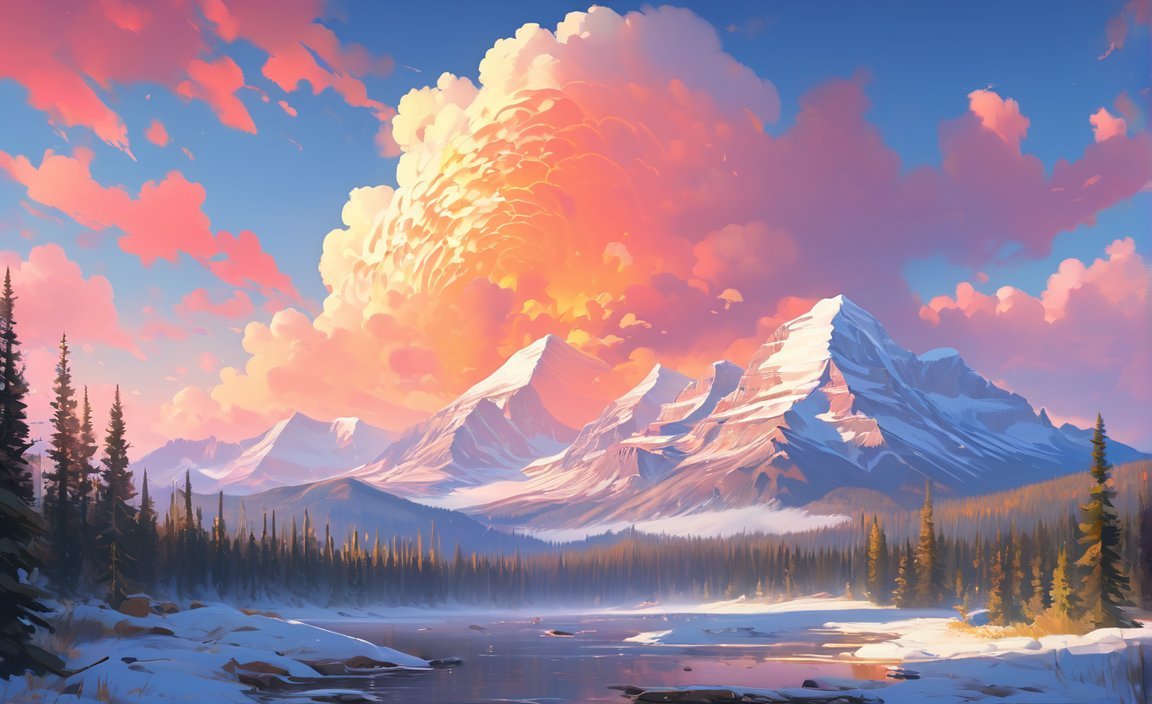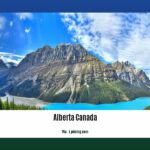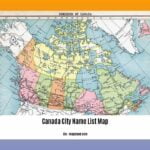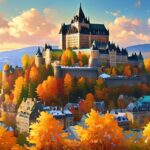Uncovering Alberta: Fascinating Facts About this Unique Canadian Province
Welcome to Alberta, a province known for its breathtaking landscapes, vibrant cities, and rich cultural heritage. As you embark on a journey through this remarkable Canadian province, prepare to be captivated by a myriad of fascinating facts that make Alberta truly one-of-a-kind. From its stunning national parks to its world-renowned festivals, Alberta offers a wealth of intriguing discoveries for the curious traveler. Join us as we delve into the hidden gems and remarkable tidbits that make Alberta an exceptional destination worth exploring.
Key Takeaways:
– Alberta is the sixth largest Canadian province and has diverse geography, including mountains, prairies, badlands, forests, lakes, and glaciers.
– The province is named after Princess Louise Caroline Alberta, the fourth daughter of Queen Victoria.
– Alberta became a province of Canada in 1905, previously part of the North West Territories.
– Alberta is known for its large oil industry and agriculture, particularly beef and wheat.
– Rachel Notley, from Alberta, became the youngest person to ever head a government in Canada when she became the premier of Alberta at the age of 51.
Alberta Interesting Facts
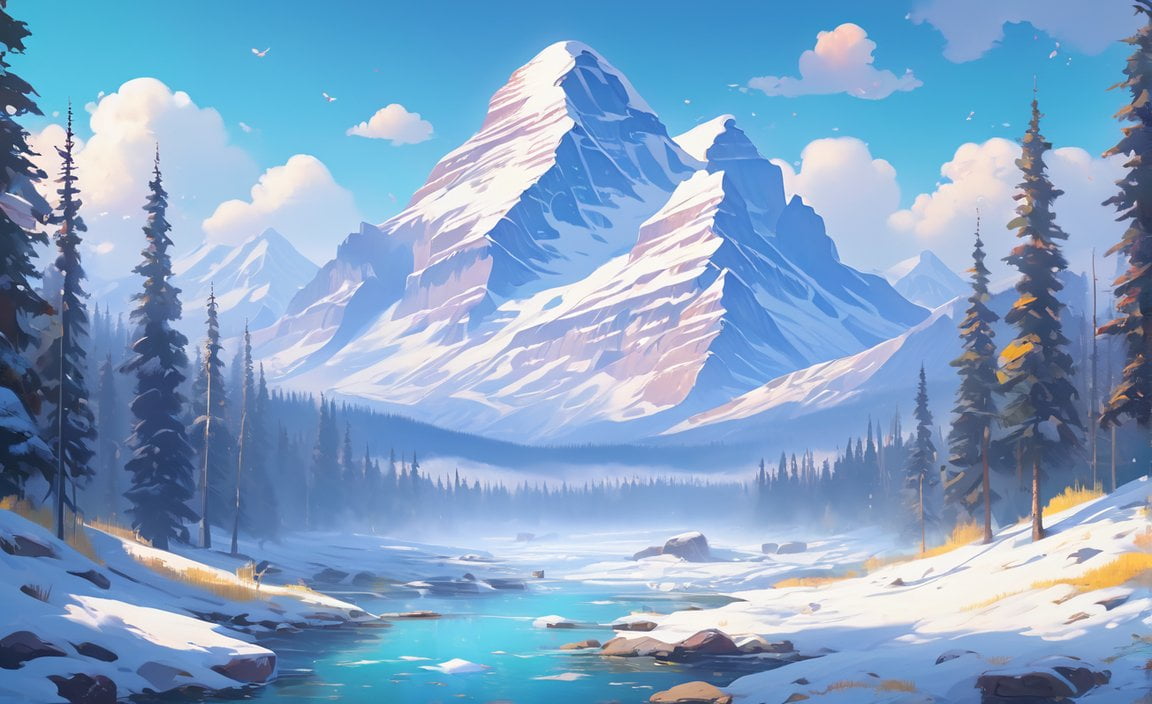
Diverse Geography and Landmarks
Alberta, the sixth largest Canadian province by land area, boasts a captivating and varied geography that is a paradise for nature enthusiasts. Its landscapes range from majestic mountains to rolling prairies, rugged badlands to dense forests, serene lakes to breathtaking glaciers. Within Alberta’s borders, you can embark on an awe-inspiring adventure through a multitude of natural wonders.
One of Alberta’s crown jewels is the Rocky Mountains. Stretching along the western edge of the province, these majestic peaks offer breathtaking vistas and endless recreational opportunities. From hiking and mountain biking in the summer to skiing and snowboarding in the winter, the Rockies cater to outdoor enthusiasts year-round. Banff National Park and Jasper National Park are must-visit destinations within the Rockies, where you can marvel at towering peaks, turquoise glacial lakes, and abundant wildlife.
In addition to its mountains, Alberta is home to the world-renowned badlands. These unique geological formations, such as Dinosaur Provincial Park and Drumheller, hold the rich remnants of a prehistoric world, where dinosaurs once roamed. Uncover ancient fossils and walk in the footsteps of giants as you explore the badlands’ striking landscapes.
Historical Significance and Culture
To truly understand Alberta’s roots, it’s essential to delve into its historical significance. Named after Princess Louise Caroline Alberta, the fourth daughter of Queen Victoria, this province is steeped in royal legacy [^2^]. Its ties to the British monarchy resonate through the pages of history, adding an air of regality to the province’s identity.
Initially a part of the North West Territories, Alberta achieved provincial status in 1905, cementing its place as a significant region within Canada [^2^]. This historical milestone marked a new chapter in Alberta’s story and set the stage for its growth and development.
Alberta is a melting pot of cultures, blending indigenous heritage with immigrant influences from around the world. Celebrating diversity and fostering a vibrant arts scene, the province showcases its cultural tapestry through numerous festivals, museums, and galleries. From the Calgary Stampede, known as the “Greatest Outdoor Show on Earth,” to the Edmonton Folk Music Festival, Alberta offers a plethora of events that underscore its artistic and cultural richness.
Thriving Industries and Notable Figures
When it comes to industries, Alberta is renowned for two main pillars: oil and agriculture. The province’s vast oil industry has propelled it to the forefront of the global energy market, contributing significantly to Canada’s economy and fostering technological advancements. Explore the pioneering spirit of Alberta’s oil industry through museums and interpretive sites that reveal the ingenuity and resilience of those who have shaped this sector.
In addition, Alberta’s fertile land supports a thriving agriculture sector that specializes in beef and wheat production [^4^]. Immerse yourself in the province’s agricultural heritage by visiting ranches, attending farmers’ markets, or experiencing the authentic taste of Alberta through its culinary scene.
Alberta has also seen notable political figures rise to prominence. In 2015, Rachel Notley made history by becoming the youngest person to head a government in Canada when she took office as Alberta’s premier at the age of 51 [^3^]. Her achievements highlight the province’s commitment to progress and inclusivity, shaping the political landscape for generations to come.
To truly appreciate the wonders of Alberta and its intriguing facts, grab your sense of adventure and embark on a journey through a province that seamlessly weaves nature, history, culture, and innovation into a tapestry of unparalleled beauty.
To learn more about Alberta interesting facts, refer to the following sources:
- “Alberta Facts – Facts About Canada” [^1^]
- “65 Interesting Facts About Alberta You Must Know” [^2^]
[1]: Alberta Facts – Facts About Canada
[2]: 65 Interesting Facts About Alberta You Must Know
Gujarat is a treasure trove of wonders and you won’t believe the amazing facts about Gujarat that we’ve uncovered! From its rich cultural heritage to its breathtaking landscapes, prepare to be amazed. So, what are you waiting for? Click here to explore the incredible journey of Gujarat: amazing facts about Gujarat.
The Indian Constitution is a masterpiece that lays the foundation of our nation. Did you know there are some mind-blowing facts about the Indian Constitution that will leave you awestruck? Discover these fascinating facts by clicking here: amazing facts about Indian Constitution.
Varanasi, the spiritual capital of India, holds countless mysteries and fascinating stories. Unravel the hidden gems and incredible facts about Varanasi that will transport you to another world. Ready to dive into this enchanting city? Click here: amazing facts about Varanasi.
Alberta’s history is filled with captivating tales, triumphs, and secrets that will intrigue any history enthusiast. Uncover the intriguing Alberta history facts that will take you on a journey through time. Let’s embark on an adventure, click here: Alberta history facts.
Cultural Diversity in Alberta
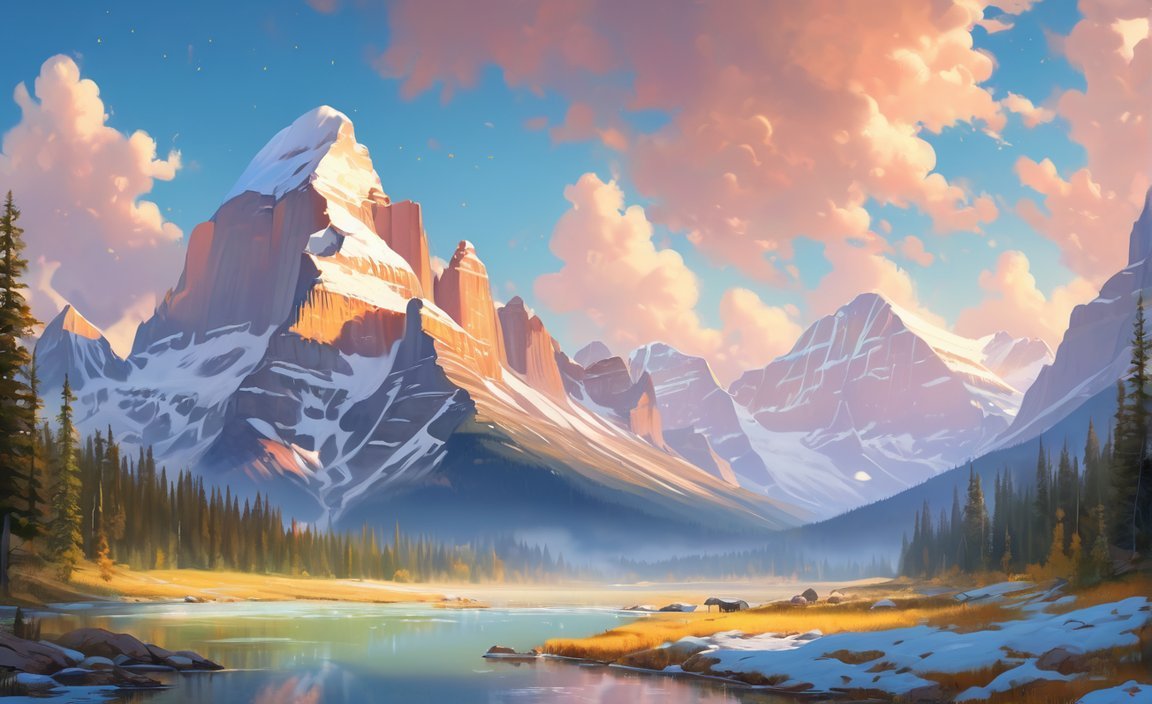
Alberta, a Canadian province known for its stunning landscapes and vibrant culture, offers a rich tapestry of cultural diversity. From its vast prairies and towering mountains to its dynamic arts scene and indigenous heritage, Alberta has something unique to offer every visitor. Let’s delve into some fascinating facts about the cultural diversity of this remarkable province.
Alberta: A Cultural Mosaic
Alberta’s cultural heritage is a mosaic of various influences, blending indigenous traditions with diverse immigrant communities. The province’s young history belies its deep cultural roots, encompassing the vibrant customs, art forms, and traditions of its people.
A Land of Inspiration
The vastness and geographical diversity of Alberta have long inspired artists and creators. From the majestic Rocky Mountains to the sprawling grasslands, each landscape has left an indelible mark on the artistic expressions found here. This land teeming with mountains, foothills, forests, and rivers serves as a canvas for visual art, music, dance, and theater, creating a thriving arts scene.
Celebrating Diversity
Alberta’s commitment to celebrating diversity is evident in its vibrant festivals, museums, and galleries. Various multicultural events and exhibitions bring together individuals from different backgrounds and foster a deeper understanding and appreciation of each other’s traditions. Visitors can immerse themselves in cultural celebrations and explore the rich tapestry of Alberta’s diverse population.
Indigenous Heritage
The indigenous peoples of Alberta, including the First Nations, Métis, and Inuit, have inhabited this land for thousands of years. Their rich cultural heritage and deep connection to the land are woven into Alberta’s tapestry. Through art, storytelling, and ceremonial practices, indigenous communities preserve and share their traditions, offering visitors a unique glimpse into their way of life.
Opportunities for Cultural Exchange
Alberta provides numerous opportunities for cultural exchange and learning. Visitors can engage with diverse communities, attend cultural workshops, and participate in traditional ceremonies. Embarking on this journey of cultural exploration allows individuals to deepen their understanding of different perspectives and forge meaningful connections.
Key Takeaways:
- Alberta’s cultural diversity is a testament to its vibrant and inclusive society, blending indigenous heritage with influences from various immigrant communities.
- The province’s geography, including mountains, grasslands, and forests, serves as a wellspring of inspiration for diverse artistic expressions.
- Festivals, museums, and galleries in Alberta contribute to the celebration of diversity and provide platforms for sharing cultural traditions.
- Indigenous communities in Alberta offer unique insights into their rich heritage through art, storytelling, and ceremonial practices.
- Visitors have the opportunity to engage with diverse communities and participate in cultural exchange, fostering mutual understanding and appreciation.
Citation:
Iconic Landmarks of Alberta
Key Takeaways:
– Alberta, Canada is home to numerous impressive landmarks that showcase the beauty, history, and diversity of the province.
– Some notable landmarks in Alberta include the Icefields Parkway, The New Central Library, Heritage Park Historical Village, and the Head-Smashed-In Buffalo Jump World Heritage Site.
– Other iconic landmarks in Alberta include the World’s Largest Dinosaur in Drumheller, the World’s Largest Oil Lamp in Donalda, and the BIG Red Chairs and Totem Pole in Canmore.
– Alberta also boasts unique landmarks such as the World’s Largest Ukrainian Sausage in Mundare, the Giant Beaver Sculpture in Beaverlodge, and the World’s Largest Mallard in Andrew.
– Furthermore, Alberta features exceptional natural landmarks like Jasper National Park, Mount Columbia, and the Saamis Tepee in Medicine Hat.
Alberta, Canada offers a wide array of iconic landmarks that capture the essence and allure of this stunning province. From breathtaking natural wonders to impressive architectural feats, these landmarks contribute to Alberta’s unique identity and offer visitors a chance to explore its natural beauty, cultural heritage, and historical significance.
One of the most scenic drives in the world, the Icefields Parkway stretches for 232 kilometers through the Rocky Mountains. This majestic route offers awe-inspiring views of glaciers, waterfalls, and majestic mountains.
Located in Calgary, the New Central Library is a state-of-the-art architectural marvel that resembles a snowflake. This remarkable library provides a unique and modern space for learning, reading, and community engagement.
For those interested in Western Canada’s history, the Heritage Park Historical Village in Calgary is a must-visit landmark. This living museum takes visitors back in time, showcasing over 200 exhibits that include old-fashioned buildings, authentic artifacts, and heritage-themed rides.
Recognized as a UNESCO World Heritage Site, the Head-Smashed-In Buffalo Jump is an archaeological site that tells the story of indigenous peoples who used this 36-foot high cliff to hunt buffalo for thousands of years.
For a taste of the cowboy lifestyle, a visit to Boundary Ranch near Kananaskis Country is highly recommended. Guests can go on horseback rides, enjoy scenic trail rides, and witness authentic cowboy shows.
Drumheller is home to the World’s Largest Dinosaur, an 86-foot tall T-Rex statue. Visitors can climb up the 106 stairs inside the statue and enjoy panoramic views of the surrounding Badlands.
Another intriguing landmark is the World’s Largest Oil Lamp located in Donalda. Standing at an impressive 12.8 meters (42 feet) tall, this iconic structure serves as a symbol of Alberta’s rich oil heritage.
In Canmore, visitors can find the BIG Red Chairs and a beautiful Totem Pole. These iconic oversized Adirondack chairs provide the perfect spot for relaxation and enjoying scenic views, while the totem pole represents the town’s indigenous heritage.
Mundare boasts the World’s Largest Ukrainian Sausage statue, a tribute to the area’s Ukrainian heritage. This 42-feet long statue celebrates the local culture and culinary traditions.
The town of Beaverlodge is home to the Giant Beaver Sculpture, which stands as a testament to the town’s name and rich history. This larger-than-life beaver structure is a popular photo opportunity for tourists.
Andrew, Alberta, is known for the World’s Largest Mallard statue, standing 8 meters (26 feet) tall. This unique landmark celebrates the significance of wildlife in the province.
For lovers of indigenous culture, the Saamis Tepee in Medicine Hat is a must-see. Standing at 20 stories tall, it is one of the world’s largest tepees and serves as a symbol of the local indigenous culture, hosting various cultural events and exhibitions.
In Vilna, Alberta, visitors can find Colorful Mushrooms sculptures that add an element of whimsy to the town’s landscape.
Alberta also boasts exceptional natural landmarks, such as Jasper National Park, the largest national park in Canada. This park offers stunning mountain scenery, crystal-clear lakes, and abundant wildlife, making it a paradise for outdoor enthusiasts.
Mount Columbia, located in Jasper National Park, stands as the highest point in Alberta at an impressive height of 3,747 meters (12,294 feet) above sea level. It attracts experienced mountaineers and hikers from around the world.
These remarkable landmarks showcase the diversity and natural beauty of Alberta, inviting visitors to explore its rich heritage and captivating landscapes.
Sources:
– Tripadvisor – The 10 Best Sights & Historical Landmarks in Alberta
– ToDoCanada.ca – 15 Roadside Attractions and Landmarks For a Road Trip in Alberta
– CanadaCrossroads.com – 65 Interesting Facts About Alberta You Must Know
Abundant Wildlife in Alberta
Alberta, the sixth largest province in Canada, is not only known for its diverse geography and rich cultural heritage but also for its abundant wildlife. From majestic mammals to colorful birds and fascinating marine creatures, Alberta is home to a wide range of animal species that thrive in its various ecosystems. Let’s uncover some fascinating facts about the abundant wildlife in Alberta.
1. Thriving Biodiversity in Alberta
With its vast and varied landscapes, Alberta boasts a remarkable biodiversity that supports a myriad of wildlife species. The province’s diverse ecosystems, including mountains, forests, prairies, and wetlands, provide a perfect habitat for numerous animals.
2. From Bears to Wolves: Large Mammals in Alberta
One of the highlights of Alberta’s wildlife is its population of large mammals. The province is known for its impressive populations of grizzly bears, black bears, and wolves. These magnificent creatures roam the wilderness, leaving visitors in awe of their strength and beauty.
3. Raptors and Songbirds: A Haven for Birds
Alberta is a paradise for bird enthusiasts, as it is home to a wide range of bird species. From majestic raptors like bald eagles and hawks to colorful songbirds like robins and warblers, the skies of Alberta are filled with the vibrant melodies and graceful flights of these feathered creatures.
4. Aquatic Wonders: Fish Species in Alberta
Alberta’s numerous rivers, lakes, and streams are teeming with a diverse array of fish species. The province offers excellent fishing opportunities for anglers, with fish species such as trout, pike, walleye, and sturgeon inhabiting its pristine waters.
5. Wondrous Marine Life: Alberta’s Fossil Discoveries
Millions of years ago, a vast inland sea covered parts of Alberta, leaving behind a wealth of fossilized remains. The province’s badlands, particularly areas like Dinosaur Provincial Park and Drumheller, are rich in fossil discoveries, including those of prehistoric marine creatures like mosasaurs and ammonites.
6. Conservation Efforts in Alberta
Recognizing the importance of preserving its natural heritage, Alberta has implemented various conservation initiatives to protect its diverse wildlife. National parks, such as Banff and Jasper, act as havens for many species, ensuring their survival for future generations.
Key Takeaways:
- Alberta’s diverse ecosystems support a thriving biodiversity, making it a haven for various animal species.
- The province is home to large mammals like bears and wolves, captivating visitors with their magnificence.
- Alberta boasts a vibrant bird population, with raptors and songbirds mesmerizing observers with their grace and melodies.
- Its pristine waters are inhabited by a variety of fish species, offering great fishing opportunities.
- Fossil discoveries in Alberta’s badlands provide insights into the prehistoric marine life that once thrived in the region.
- The province’s commitment to conservation ensures the protection of its wildlife and natural habitats.
Sources:
– CanadaCrossroads.com – 65 Interesting Facts About Alberta You Must Know
– Must Do Canada – 89 Fun and Interesting Alberta Facts
FAQ
Q1: What makes Alberta unique among Canadian provinces?
A1: Alberta stands out due to its diverse geography, which includes mountains, prairies, badlands, forests, lakes, and glaciers. It is also known for its significant oil industry and agricultural production of beef and wheat.
Q2: How did Alberta get its name?
A2: Alberta is named after Princess Louise Caroline Alberta, who was the fourth daughter of Queen Victoria.
Q3: When did Alberta become a province?
A3: Alberta was established as a province in 1905, prior to which it was part of the North West Territories.
Q4: What is the significance of the Alberta flag?
A4: The flag of Alberta was adopted on June 1, 1968, and features the provincial shield on a blue background.
Q5: What are some notable landmarks in Alberta?
A5: Alberta is home to several impressive landmarks, such as the Icefields Parkway, Heritage Park Historical Village, Head-Smashed-In Buffalo Jump World Heritage Site, and Jasper National Park. These landmarks showcase the natural beauty, history, and cultural heritage of the province.
- China II Review: Delicious Food & Speedy Service - April 17, 2025
- Understand Virginia’s Flag: History & Debate - April 17, 2025
- Explore Long Island’s Map: Unique Regions & Insights - April 17, 2025
